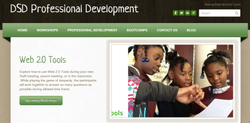 Preparing for any Professional Development session is hard. However, preparing for a 90 minute workshop in front of teachers, administrators, and educational tech experts is down right stressful. To create a well rounded conference session, I start out with three main objectives: 1. Over planning is what I am most known for when presenting any type of training. I want to meet the needs of every learner. Those who are new to the concept, those who might have a little bit of experience, and those who are experts on the topic. I feel like if they have made time to attend my session, then I want to make sure the training meet their individual needs. 2. Learn Something New: When I plan for a training or workshop, my main goal is for everyone to walk out of the room knowing at least one new thing. One thing that they can take back to the classroom. One thing that energizes them. One thing that is going to make them try something new. It does not always have to be a technology tool to implement but maybe it is the teaching style that I showcased, maybe it is the excitement that I have for learning. 3. Making Everyone feel at home: Leaning a new tool, new technology, or new classroom management style can make people uneasy. I play music in the background to help those who need a little distraction. I circulate around the room and talk with everyone. And my number one thing to make everyone feel at home is I allow everyone to have a voice. Either through back channeling, one on one conversations, or small group break out sessions. The tension drops in the room and then everyone feels free to learn. I am excited to say, that my 90 minute workshop on Mix it, Stir it, Blend it went really well yesterday. I had the honor to be mentioned in a recap in twitter feeds and in blogs. It's moments like this that drives my passion for teaching others. Thank you to everyone who attended my session and shared out my links. The teachers need to know how to apply the blended learning model and I hope that is what those 70+ teachers walked away with yesterday. Marcia Kish DSD Professional Development Coordinator Check out the article for Edtechtoolkit http://edtechtoolkit.wordpress.com/2014/01/29/oetc-day-two-recap/
4 Comments
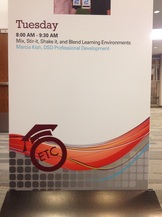 Today DSD Professional Development presented at the Ohio Educational Technology Conference on Blended Learning. The focus of the 90 minute workshop was not talking about Blended Learning but rather how to implement the blended learning program into the classroom. We had 70 people show up for the workshop at 8:00 in the morning on a -24 degree day. Below are just few of the highlights from the workshop.
Below is the transcript from the Today's Meet- We used this tool as a back channel and a place where teachers could post their projects.  Created by Knewton and Column Five Media  What you should know about self-paced blended learning By Peter West Read more by Contributor Self-paced blended learning suits learners who are introverts, while still allowing the collaboration and group work that suits extrovertsSome general research supports the move to blended learning, particularly self-paced blended learning. This research includes sources as diverse as Daniel Pink, Susan Cain, and Anders Ericsson. • Team – Allowing students some choice about who they work with. At any time students may be working individually, with one other person, with small groups or with larger groups.Daniel Pink explores motivation in his book Drive: The Surprising Truth About What Motivates Us, and concludes that past models for motivation (for example reward and punishment) are not particularly effective in the modern world. He suggests that Motivation 3.0 requires workers (and students) to have more autonomy as motivation in our complex world is more intrinsic than extrinsic. He outlines four main drivers. • Time – Allow students some choice when they learn. Allowing students to fit the pace of learning to their situation, and providing the choice when and if to have a break, provides flexibility and individuality. Time is not at the center of the learning paradigm in self-paced blended learning; understanding and results are, which provides flexibility. • Technique – Allowing students a choice of how they learn. A good self-paced blended learning environment provides a number of parallel learning options. • Task – Allowing a choice of tasks. Experience has shown that providing a choice of topics or sub-topics to be studied by students is very effective in improving student engagement and satisfaction with learning. Observations in self-paced blended learning classrooms over several years, even with younger students in middle school classes, support this view to increase student motivation. Susan Cain’s book, Quiet: The Power of Introverts in a World That Can’t Stop Talking, and her TED talk provide some other insights. Her basic premise is that 30 percent to 50 percent of people are introverts. This does not mean that they are shy. It doesn’t mean they don’t like to talk or that they don’t know how to make friends. It does mean that they need quiet spaces and quiet time to be alone and to think. Her research indicates that introverts tend to • Be creative. • Be careful, reflective thinkers. • Make considered decisions. • Not look for personal glory. • Get better grades and are more knowledgeable. Yet collaboration is pervasive. A significant percentage of our population may find the wide use of collaboration to be a negative influence on learning. Self-paced blended learning suits learners who are introverts, while still allowing the collaboration and group work that suits extroverts. Anders Ericsson researched excellence in a wide range of endeavors over many years and this is outlined in The Road to Excellence. His research indicates that experts, “stars” of the arts, the business world, sport and politics, are created through practice and effort rather than simply innate talent. He pioneered the idea that it takes 10,000 hours of deliberate practice to become an expert. The idea of deliberate practice is central to his theory; it requires quiet, concentration, repetition, lack of distractions and regular, individualized feedback. It does not require collaboration or group work, even though these may be valuable for other reasons. Conclusion Students and teachers require time to adjust to the self-paced blended learning environment, and the courses take time to develop, but experience and research show that the benefits can be significant. Peter West is Director of eLearning at Saint Stephen’s College in Australia. He has over 15 years experience leading K-12 schools in technology enhanced education, particularly Blended Learning using Online Learning Environments. He can be contacted at [email protected]. This article was found at |
Marcia KishMarcia Kish is a Blended Learning Coach that is currently helping schools across the country to implement the Three Phases of Blended Learning model. Archives
May 2014
Categories
All
|

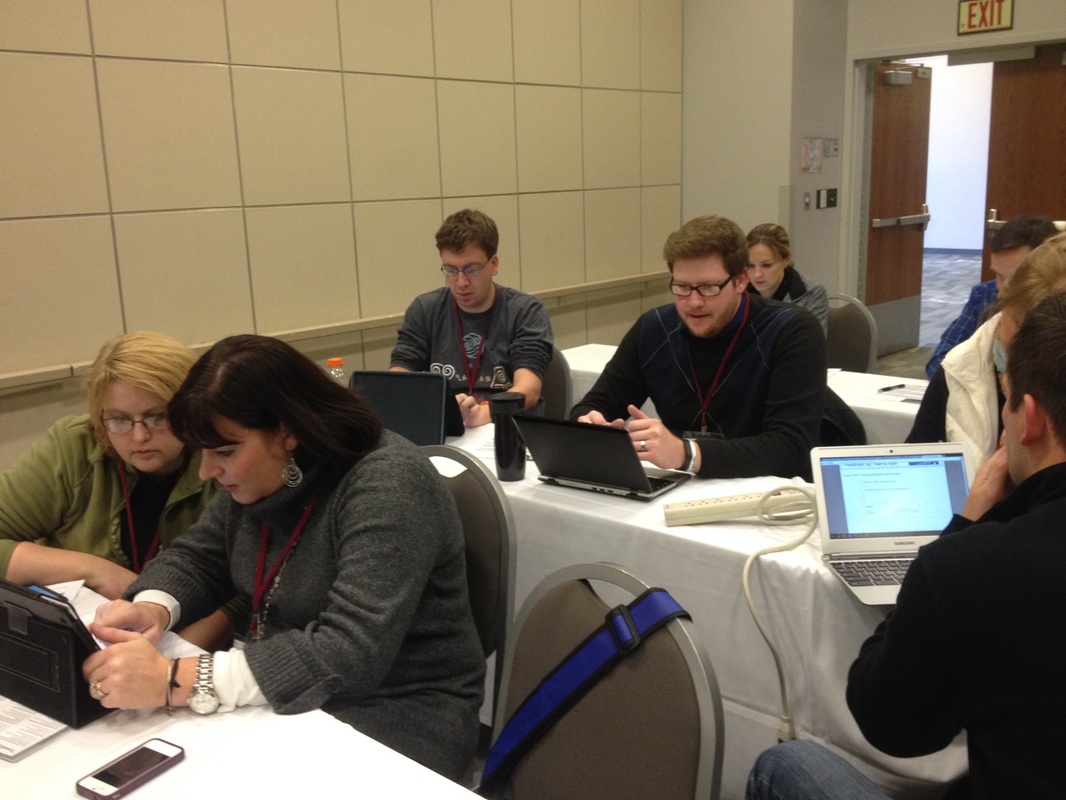
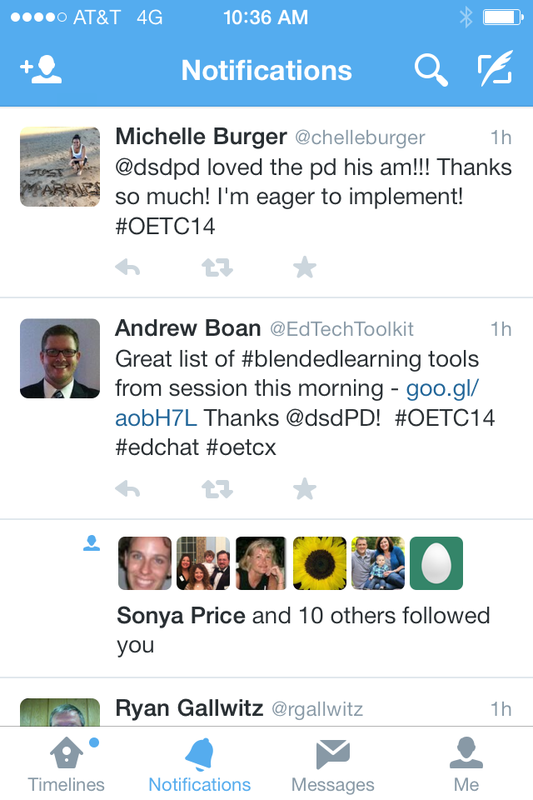
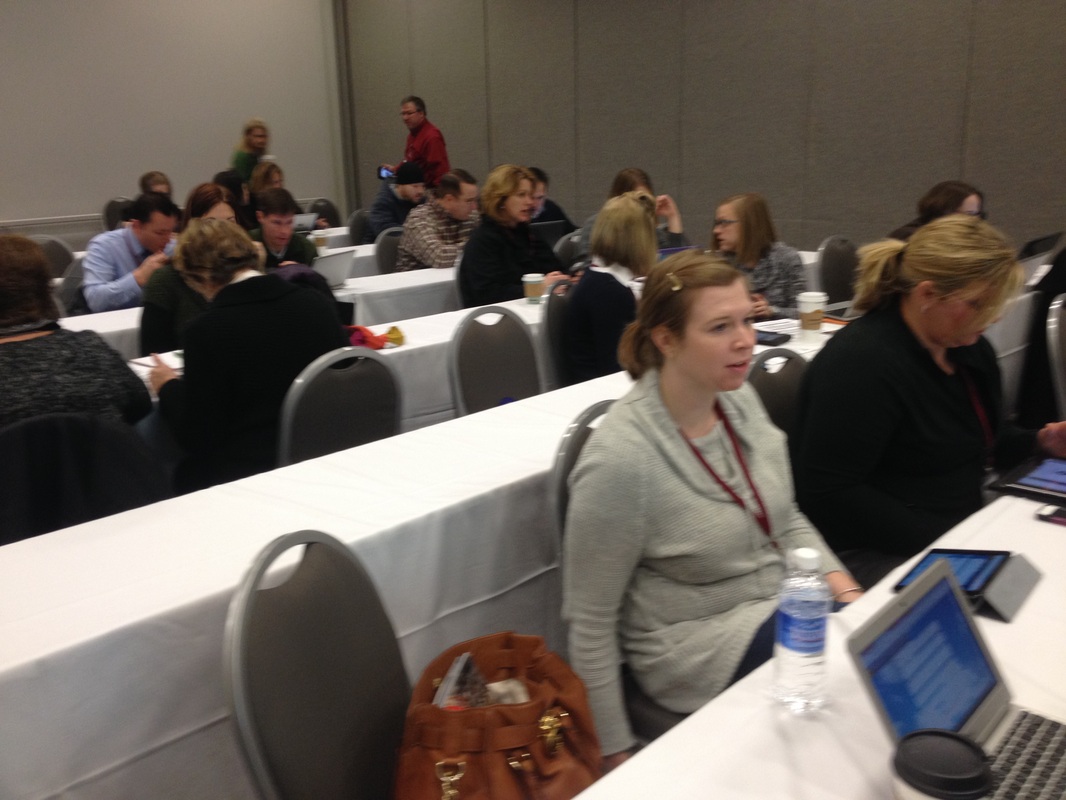
 RSS Feed
RSS Feed